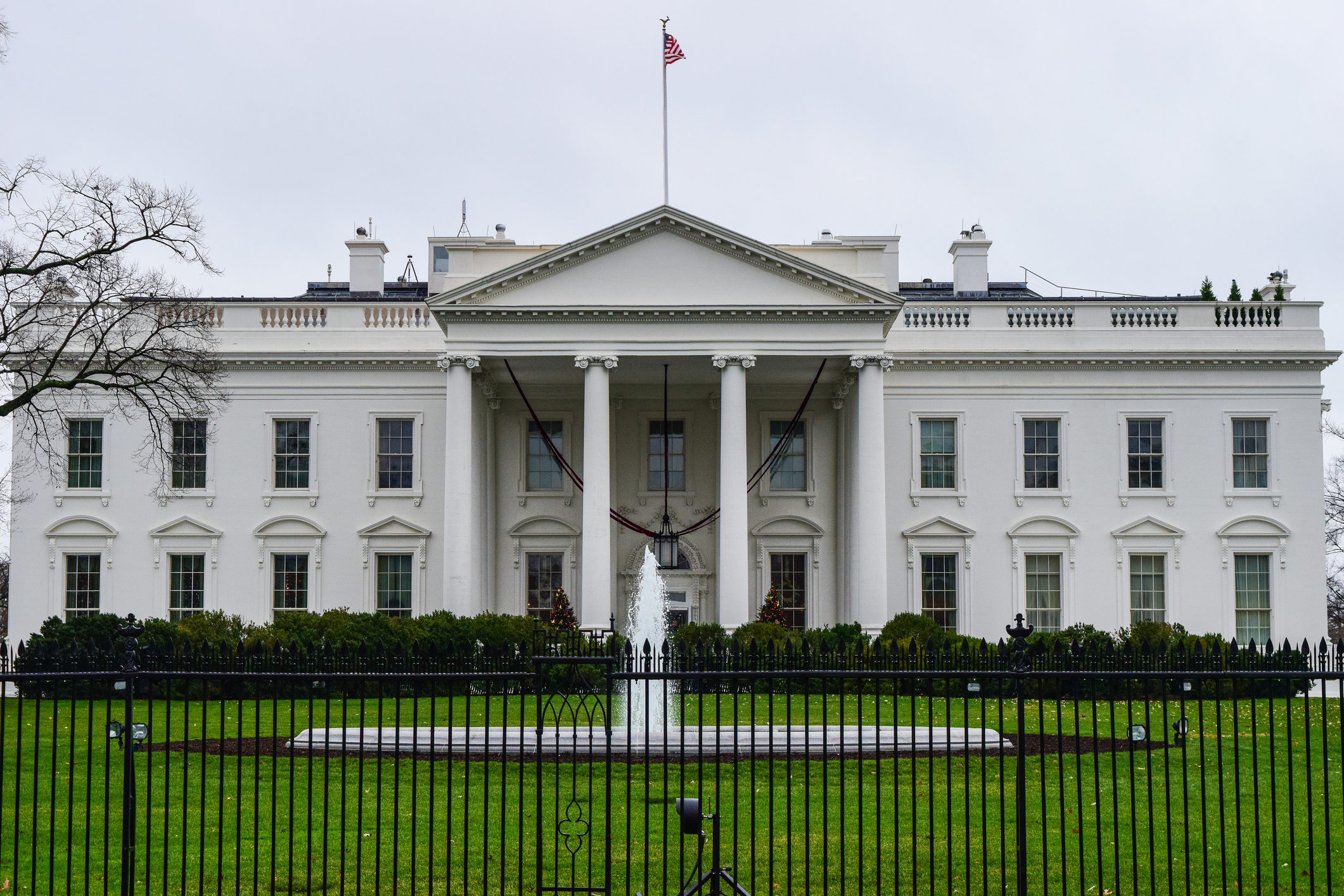
Scholar considers how costs and benefits might be calculated under a regulatory offsets system.
Regulatory reform is on the agenda for President Donald Trump’s first 100 days in office. At the forefront is Trump’s recent vow to institute a policy which would require two regulations to be repealed for every new regulation issued—a so-called two-for-one system.
Although Canada, the United Kingdom, Australia, and the Netherlands have adopted regulatory offset programs like the kind Trump has proposed, it is unclear how, exactly, a similar system could be implemented in the United States. As Cass Sunstein of Harvard Law School recently remarked, the idea of a one-in-two-out system has “rhetorical appeal, but it’s going to be extremely hard to pull off.”
Which regulations would need to be offset, and how would offsets be calculated? A recent working paper by Marcus Peacock, of the George Washington University Regulatory Studies Center, sheds some light on these questions by discussing the kinds of options Trump will need to consider before adopting such a system.
One of the first questions Trump will have to answer is which regulations will need to be offset. Peacock notes that there are different ways to define a “new regulation.” It could be defined either broadly—as any “revised agency guidance or enforcement policies”—or narrowly, to include only rules that impact the economy by a specified amount. Another option would be to categorically exempt certain types of regulations. The United Kingdom, for example, exempts regulations that “have only an indirect impact on business; implement international commitments; address civil emergencies (such as the outbreak of a disease); or address systemic financial risk.”
How broadly or narrowly the scope of regulations is set will determine the impact of the program: requiring too many regulations to be offset could “overwhelm the system,” but requiring too few could make the program of little consequence.
The Trump Administration will also need to decide whether regulations can be offset by actions from anywhere in the government, or whether agencies will be responsible for offsetting their own regulations. Canada, the United Kingdom, and Australia all follow the first approach, and also allow agencies to “bank and trade” offsets. Banking and trading offsets, which allow agencies to earn credits for reducing the regulatory burden and trade those credits to agencies seeking to offset an increase in regulatory burden, is one way to add flexibility into a system that requires agencies to offset their own regulations.
While requiring agencies to offset their own regulations has an “institutional simplicity,” Peacock believes that there would be advantages to allowing government-wide offsets. This would better enable the government to “prioritize deregulatory actions…that offer the greatest net benefits” or support administrative priorities and to eliminate “the most unnecessary regulations first,” he says. It would also decrease the incentive for agencies to engage in “bad behavior,” such as regulating through non-binding actions instead of rulemakings, or “secretly hoarding deregulatory ideas until they are needed.”
Peacock considers four different metrics which the Trump Administration could use to calculate regulatory burdens in a two-for-one system. He notes that the first of these, relying solely on the number of regulations, has what Peacock considers “obvious drawbacks” because it does not “measure the regulations’ relative effects on society or the economy.” It would also allow agencies to offset one major regulation with two trivial regulations—an action that would not actually reduce the regulatory burden.
A preferable approach would be to measure regulatory burden as either the administrative cost—essentially “the cost of filling out paperwork”—or the direct compliance costs to businesses. Canada’s “one-to-one” regulatory offsets program relies on paperwork costs. The U.K. and Australia take a compliance costs approach, and define regulatory burden by the costs “directly attributable” to the policy, a measure that includes costs from equipment and employment as well as paperwork.
According to Peacock, the compliance costs approach comes closer than the paperwork approach to “reflecting the economic impact of a rule.” However, neither metric incorporates the “indirect costs” of regulations, such as the increased time people might spend waiting in line at airports due to more stringent airport screening. These metrics could also have what Peacock considers a “perverse effect,” namely of discouraging agencies from imposing information disclosure requirements because these types of regulations—while often “much less economically disruptive” than alternative regulatory approaches—tend to increase administrative burdens.
The “most meaningful regulatory cost measure,” according to Peacock, would be the “total social cost” or “opportunity cost” of a given regulation. This is the standard already used by the Office of Management and Budget (OMB) in regulatory impact analyses of economically significant rules. As defined by OMB, “total social cost” is based on “what individuals are willing to forgo to enjoy a particular benefit.” Peacock says it has the advantage of incorporating both the “direct and indirect costs imposed on all entities.”
In addition to determining how costs will be calculated, the Trump Administration will also have to determine what role benefits will play in any two-for-one system. The U.K.’s system incorporates benefits by relying on a measure of “net direct costs,” meaning that it subtracts the direct benefits to businesses from the costs when determining the regulatory burden of a policy. Relying on calculations of net benefits will be challenging, however. Federal regulations, according to Peacock, “by their very nature…typically produce benefits that…cannot be easily evaluated.” Although researchers are developing new analytical tools and working towards a less uncertain method of calculating regulatory benefits, Peacock cautions that, “in the meantime, policymakers need to be cautious not to lean on them too much.”
Other decisions the Trump Administration will need to consider include how to manage the additional workload that will be created by a two-for-one system, and how to make a regulatory offsets system “stick” in future administrations.



